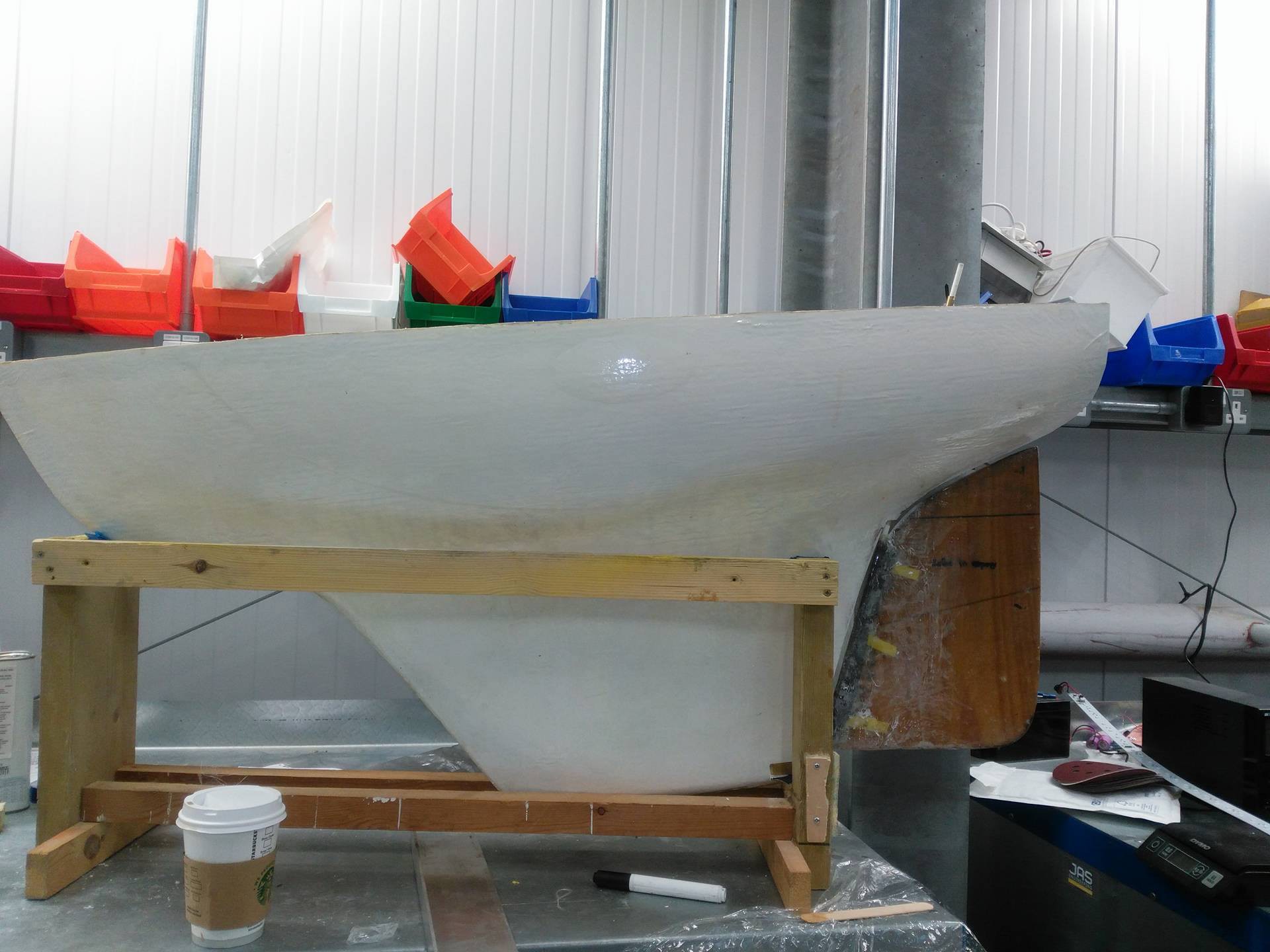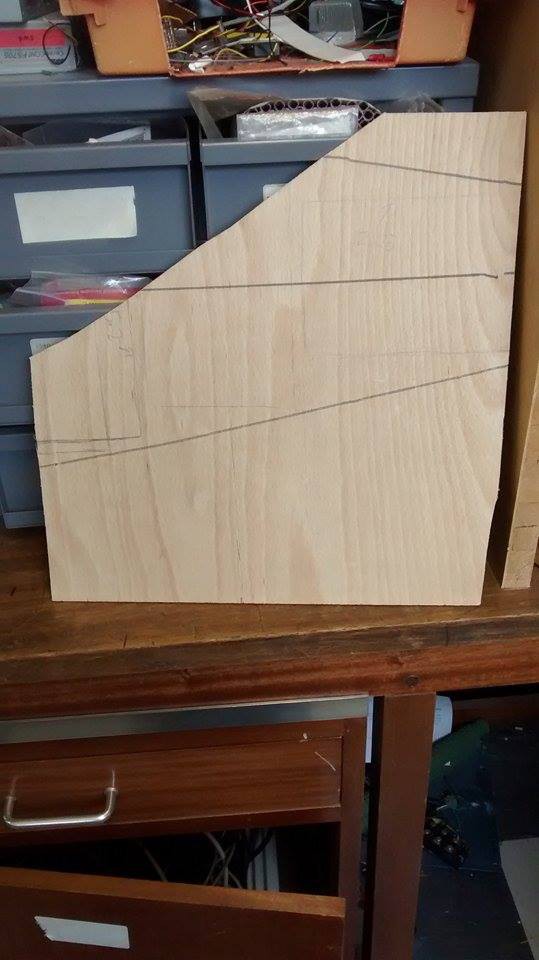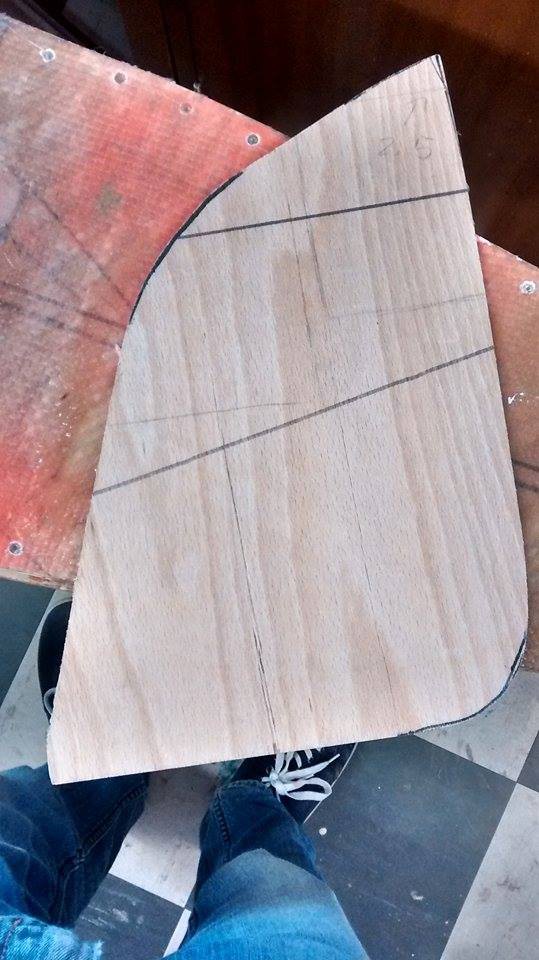Autonomous Sailboat
A autonomous 1.2m sailing boat research platform for long distance voyages
A autonomous 1.2m sailing boat research platform for long distance voyages
To make the experience fit your profile, pick a username and tell us what interests you.
We found and based on your interests.
Hello,
So the unexpected hiatus is over, over the last few months I've found time to actually get stuff done and move this project forward. Over the next few days I'll post what I have done and whats next to do.
Here is a little sneak preview of the boats hull.

Hello everyone, I managed to find some time today to begin work on my boat's rudder. For those of you who have no idea what a rudder is, its a control surface used to steer a boat. Choosing a rudder design is actually quite a interesting and difficult decision. There are three different types of rudder that would happily fit on my hull, they are spade rudders, keel rudders, and a transom hung rudder. Each rudder provides different characteristics. The spade rudders provide a reduced drag, which can affect the boat's speed in a positive way. A keel rudder will prevent weeds and other junk from catching on it which will slow the boat down. The final rudder, a transom hung rudder provides increased manoeuvrability and is also a lot easier to engineer it to be removable. This makes transporting the boat alot easier.
In the end I decided upon using a keel rudder, the main reason for this is that the boat is designed for long voyages and so over time seaweed and other junk that floats in the sea will catch on the boat. With the keel rudder this junk will have a hard time catching on the rudder slowing the boat down and more importantly potentially damaging the rudder which could spell the end of any voyage. Speed isn't really a important factor for me and nor is manoeuvrability as waypoints could be 100s of miles apart. However the keel rudder is the most awkward to transport as it won't be removable and is rather larger.
The first image shows some plywood I found lying around the main lab Aber Sailbot uses. Its also luckily in the rough shape I'm trying to achieve.

This second image shows the rudder in its final shape as well as my feet and the deck of Aber Sailbot's other transatlantic boat Bobalong which plans on attempting the challenge this September. It still needs a little sanding however.

So whats next then?
Well the rudder is not quite complete yet. It needs to be mounted onto the keel and covered in epoxy so that its waterproof and a little tougher. I plan on epoxying a carbon fibre rod to the left hand side of the rudder. This rod will be attached to the bottom of the keel where it will be free to rotate and will shoot up through the hull into the deck where it will be controlled by a waterproof servo which is mounted outside the hull on the deck. Great care will be required to ensure that the water cannot enter the hull through where the rod goes through the hull as that could spell disaster.
The next update will most likely show off the rudder being attached to the keel. I don't know when that might be but stayed tuned!
Cheers,
Jordan
Create an account to leave a comment. Already have an account? Log In.
Very cool--I've never heard of the Microtransat Challenge. Good luck!
Become a member to follow this project and never miss any updates
Very nice project! It's a shame you didn't continue it! If you change your mind please feel free to contact me! I'm constructing an autonomous sailboat as well.. https://hackaday.io/project/10652-green-powered-sailboat